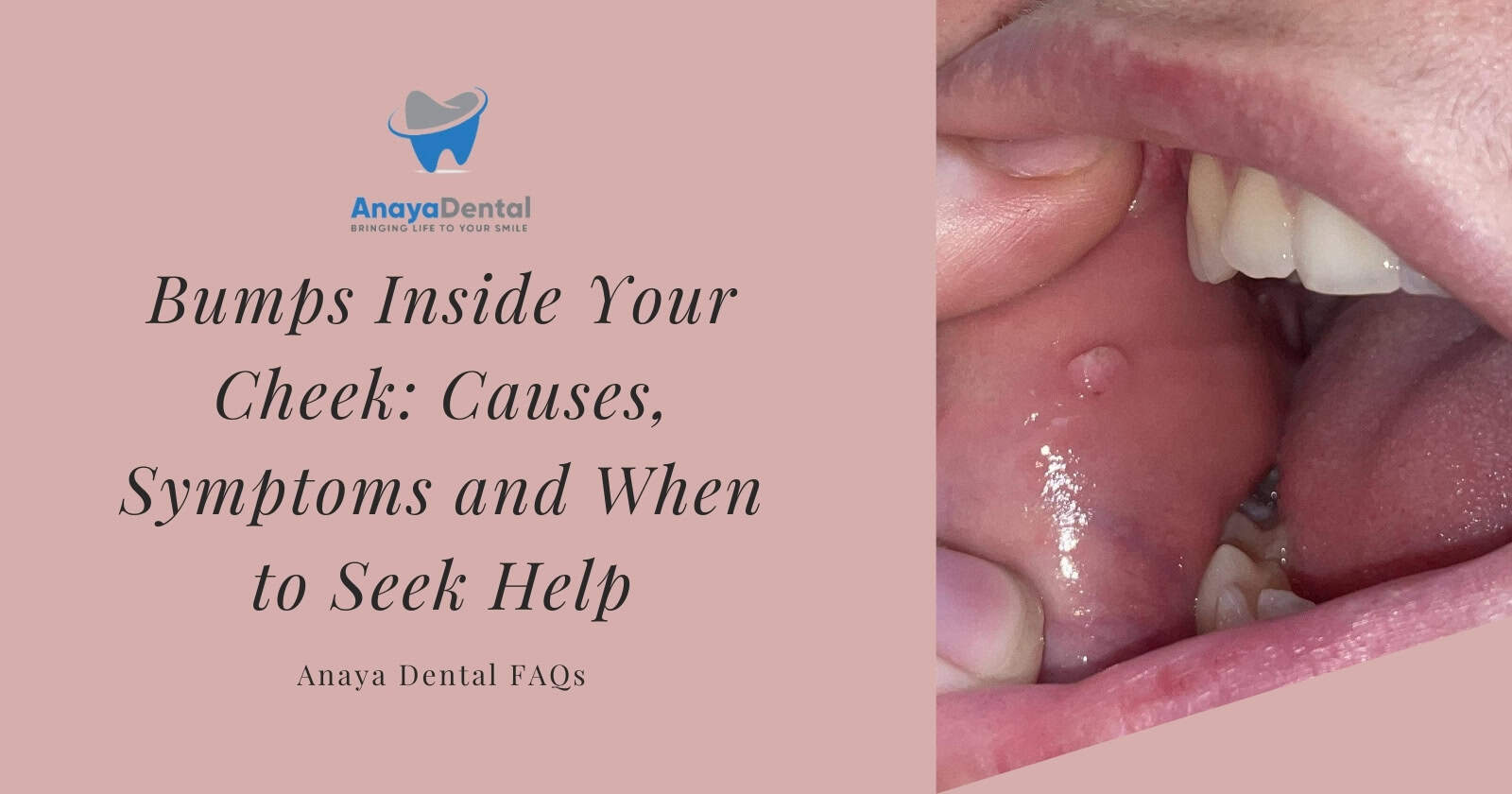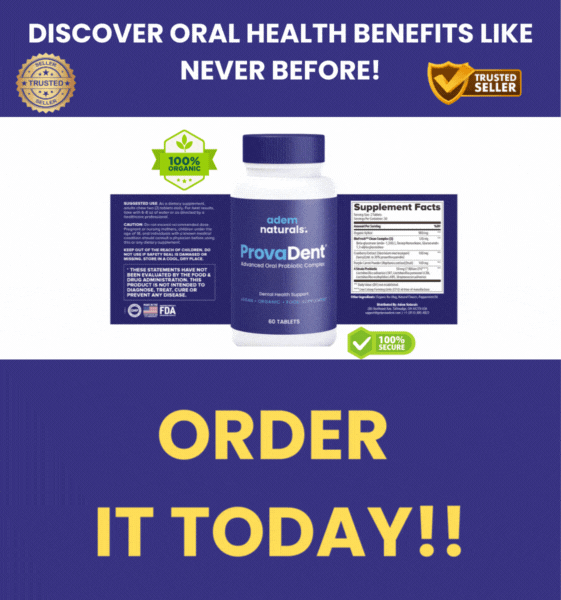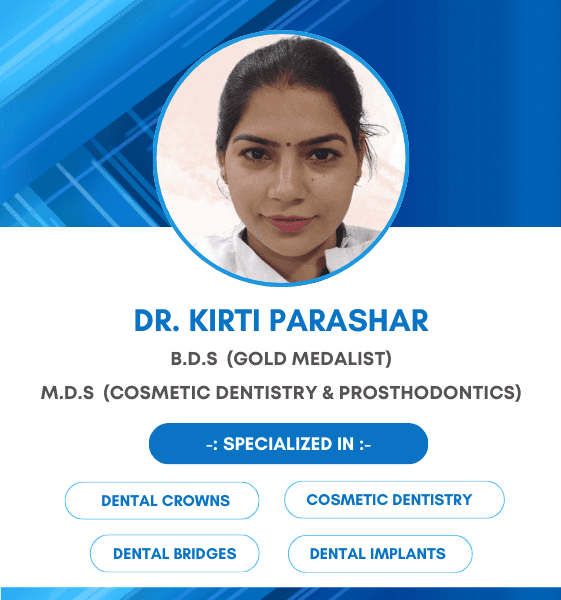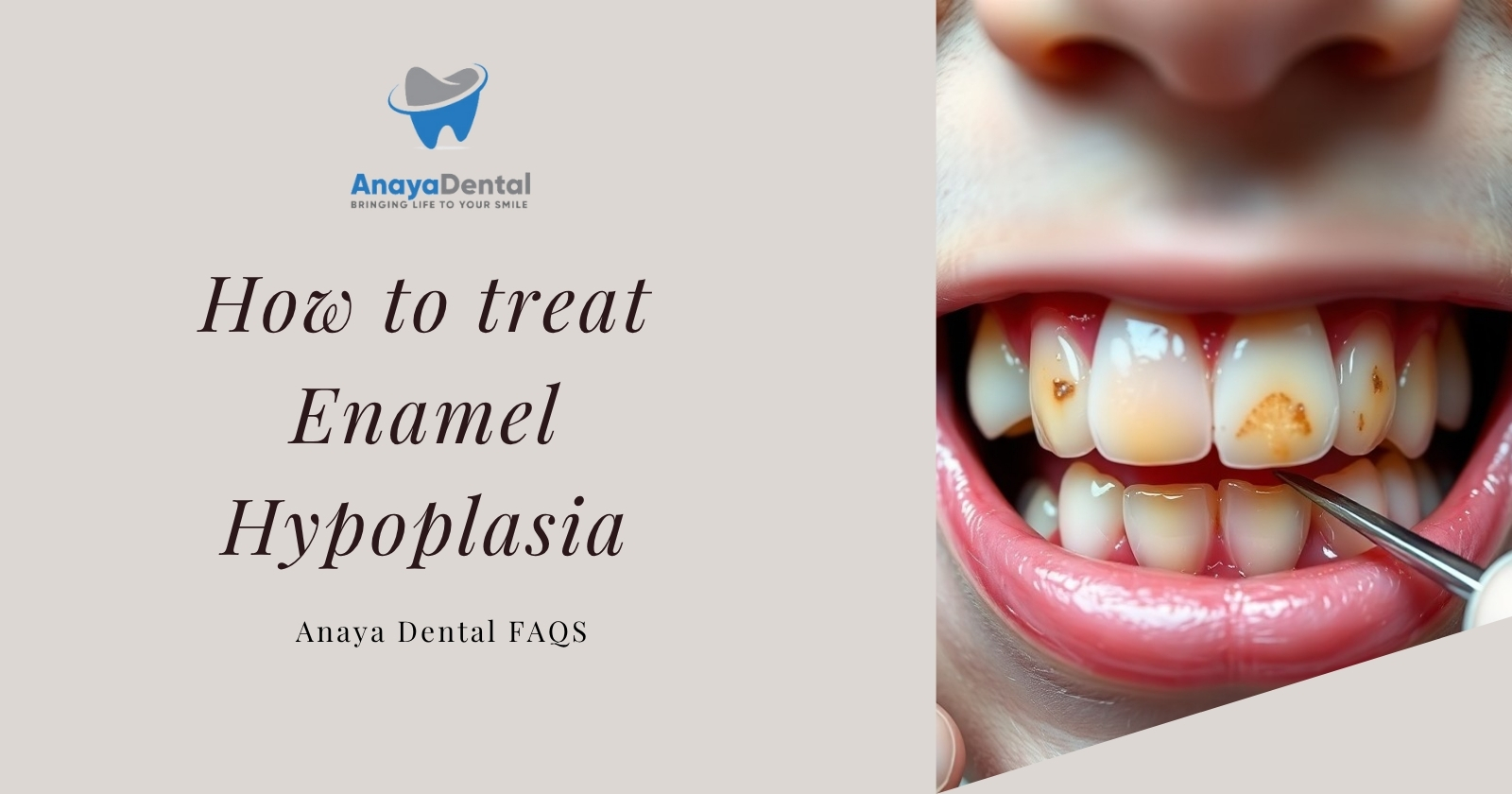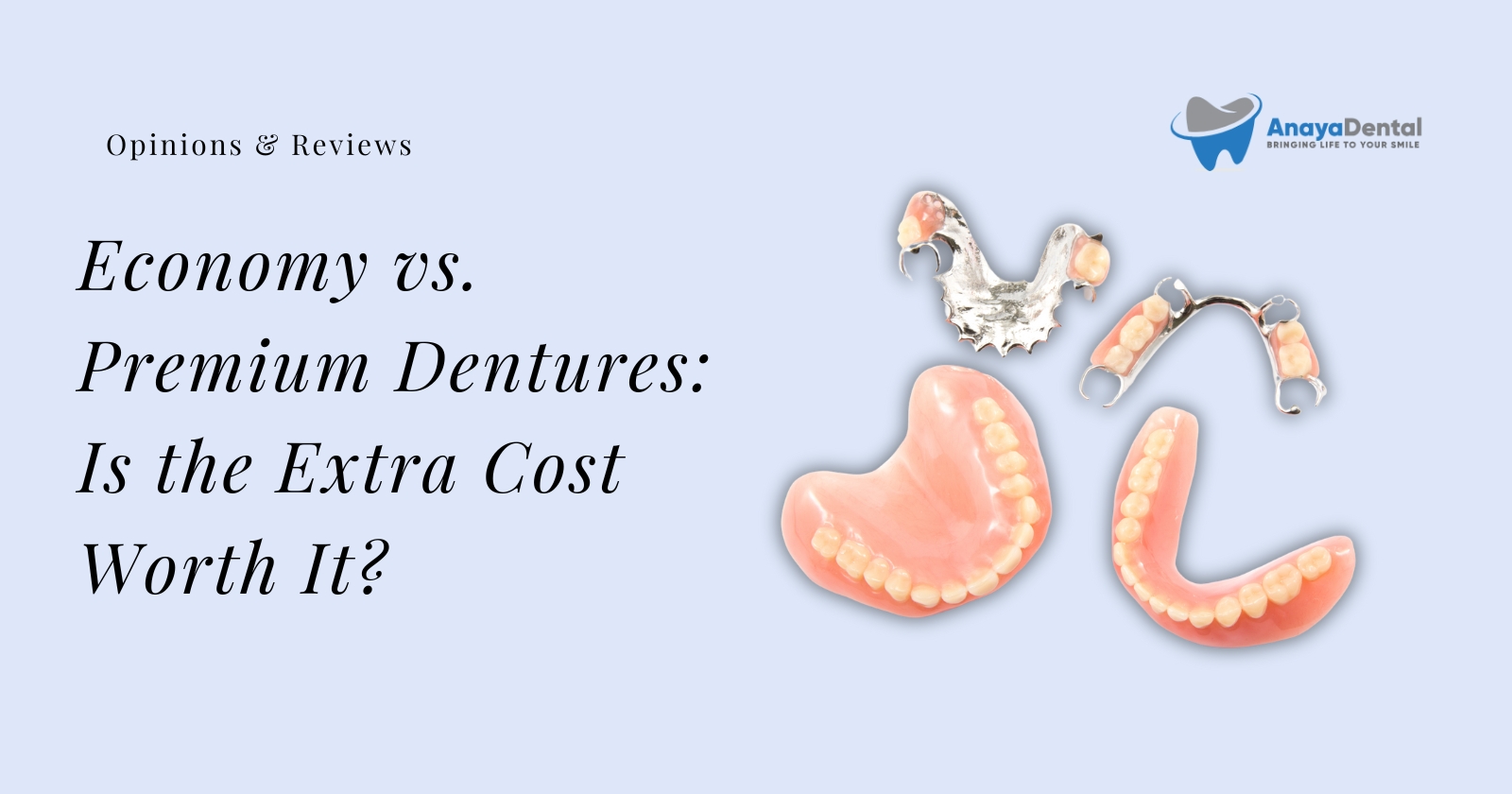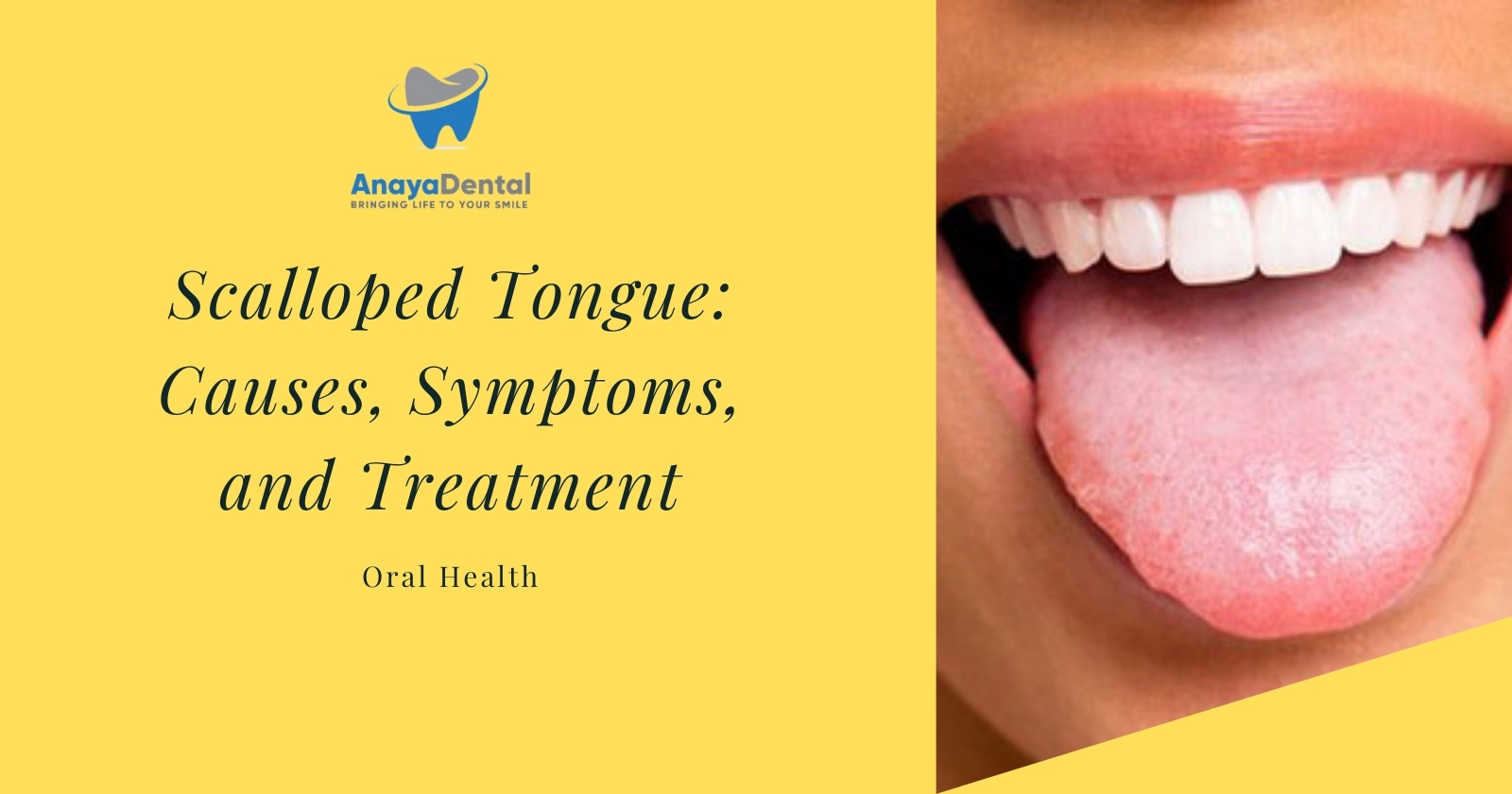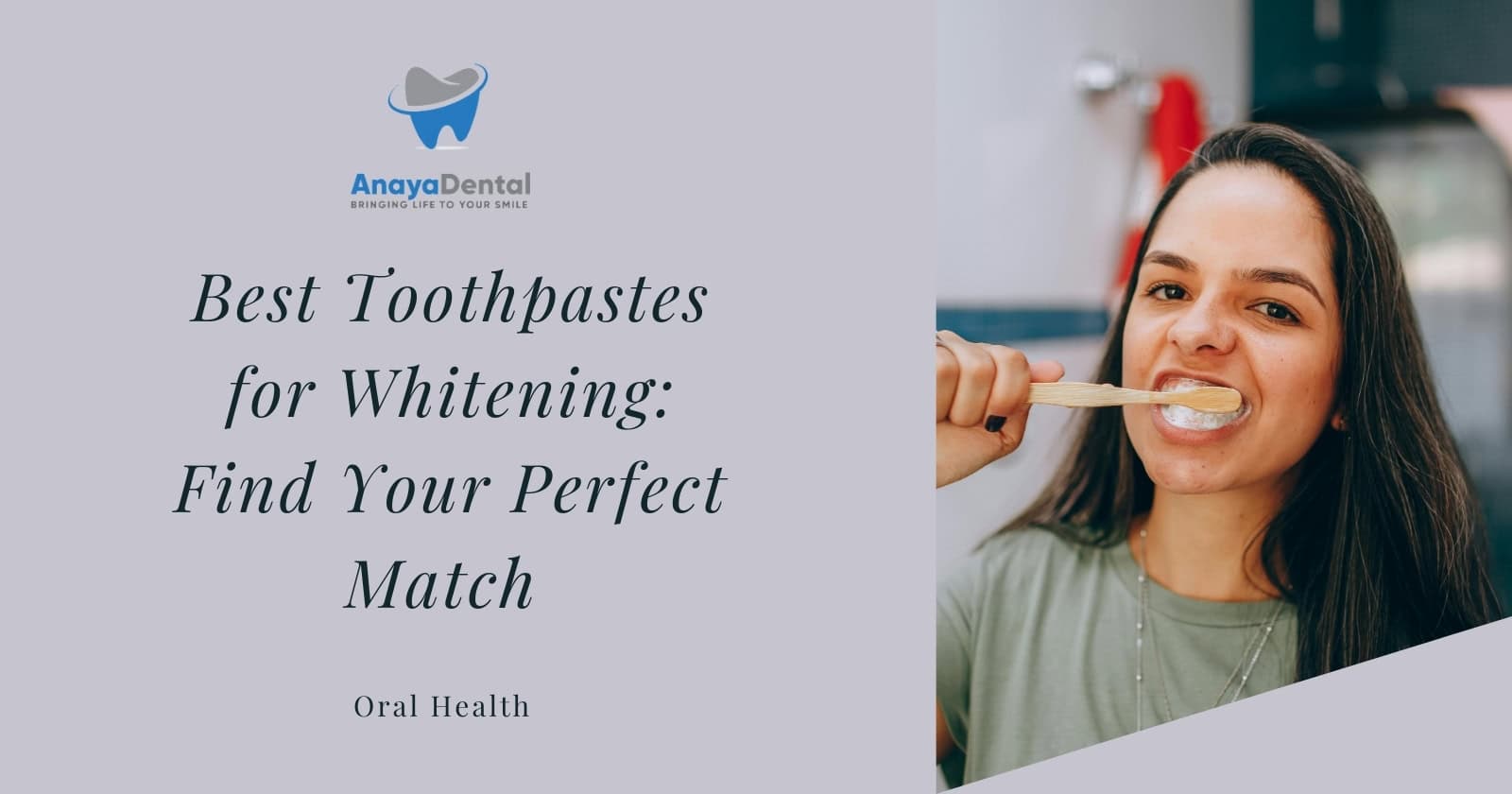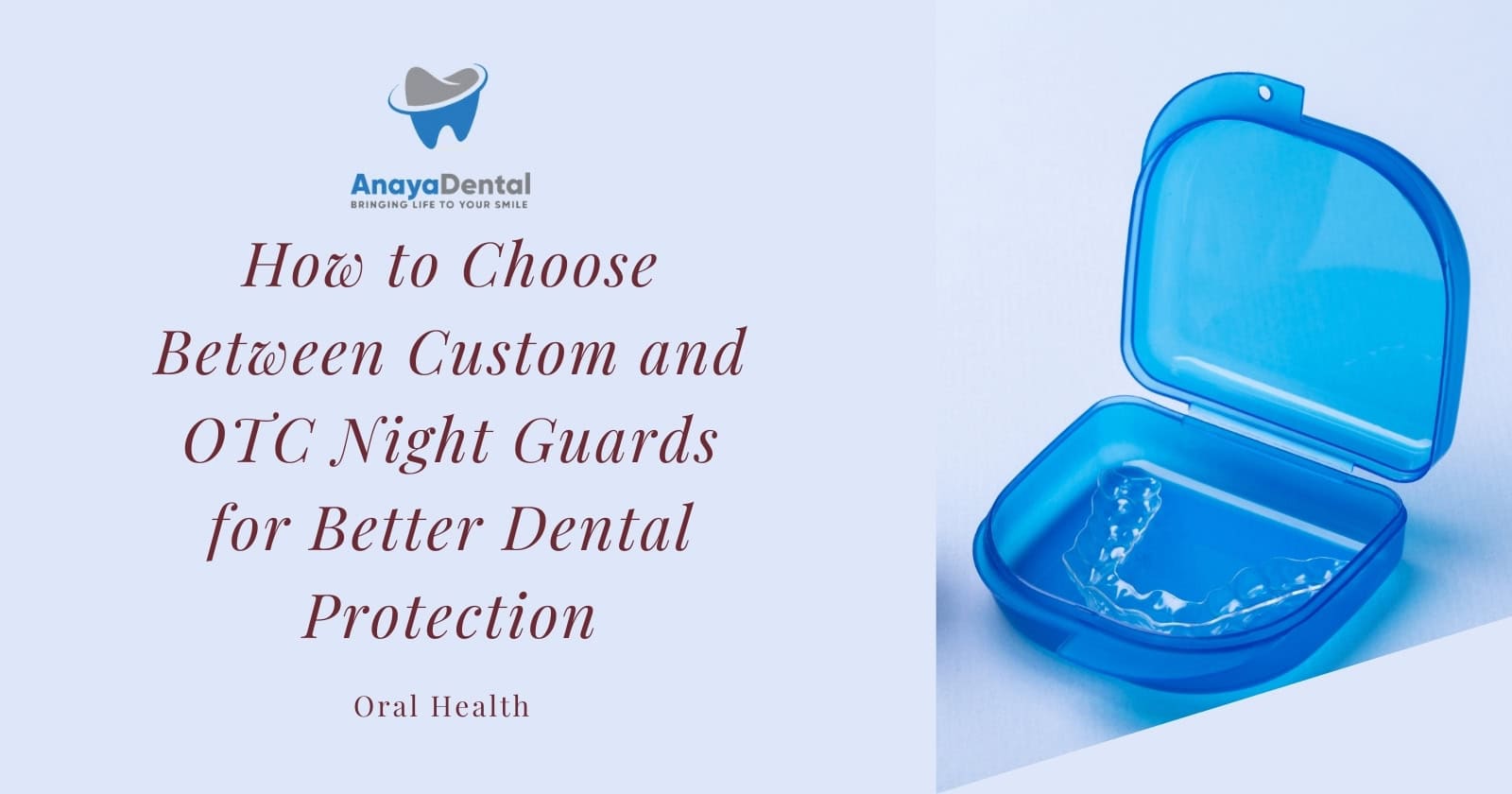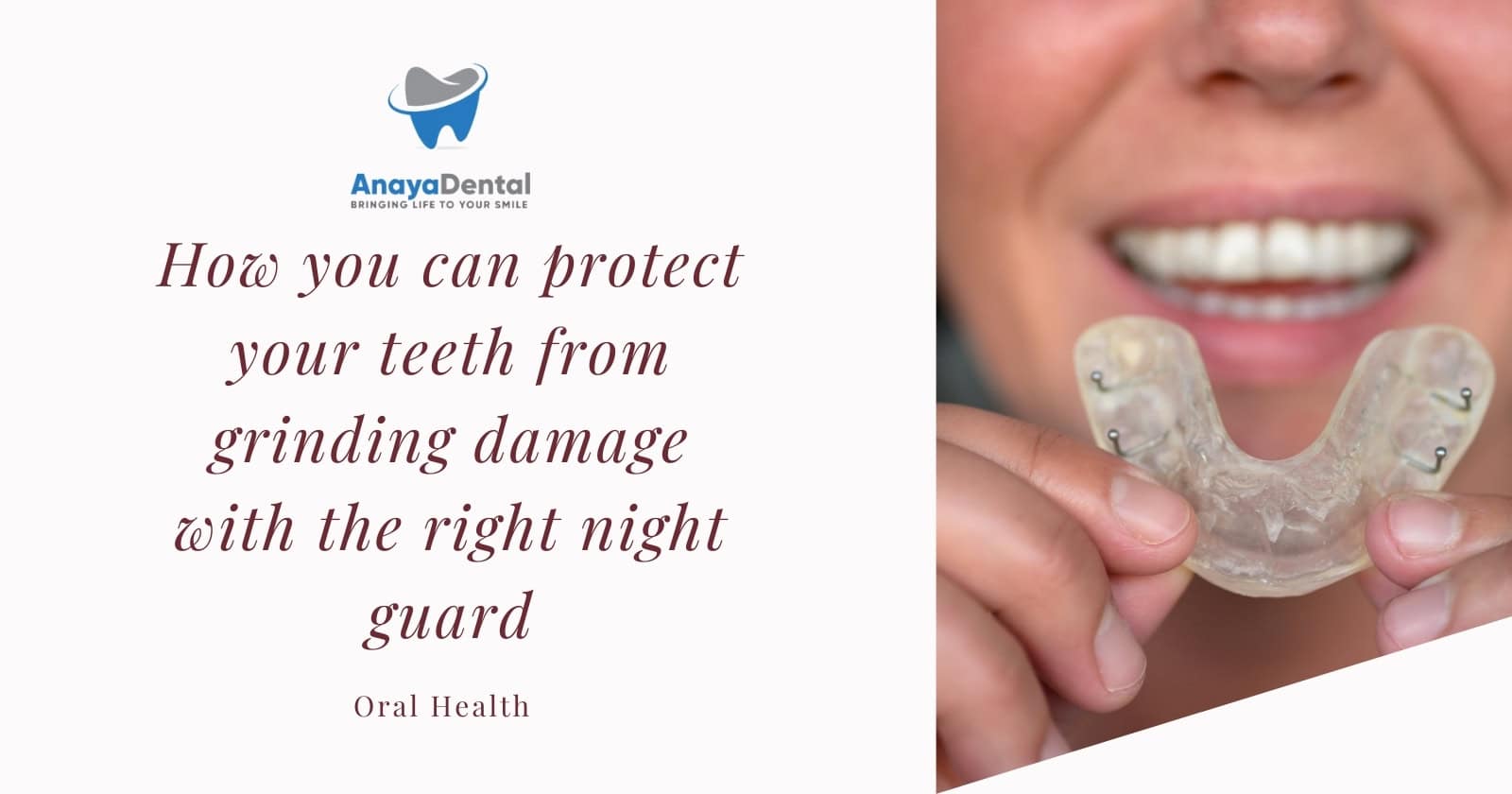Have you ever run your tongue along the inside of your mouth and felt a strange bump on your cheek lining? Finding an unexpected lump inside your mouth can be alarming, but in most cases, these oral lesions are harmless and often resolve on their own. Understanding what causes these cheek bumps and knowing when they require medical attention can help ease your concerns and ensure proper oral health care.
What Are Those Mysterious Bumps Inside Your Cheek?
Those bumps you feel inside your cheeks are actually quite common. They can vary in size, texture, and appearance, ranging from small, fluid-filled blisters to firm, fibrous growths. Most develop as your body’s response to minor trauma or irritation of the delicate tissues lining your mouth.
According to a study published in the Journal of Oral and Maxillofacial Pathology, the majority of these oral bumps are benign and fall into predictable categories based on their appearance and characteristics.
Try Our Dental Calculators
Common Types of Cheek Bumps You Might Experience
Oral Mucoceles: Fluid-Filled Bumps
Oral mucoceles are among the most common causes of bumps inside your cheeks. These harmless, cyst-like swellings form when your salivary glands become blocked or damaged. When you examine these bumps, you’ll notice they typically have:
- A smooth, dome-shaped appearance
- A bluish or clear coloration
- A soft, fluid-filled texture similar to a blister
- A tendency to appear suddenly, sometimes after biting your cheek
You might develop a mucocele after accidentally biting your cheek while eating, from habitual cheek biting, or from injury caused by sharp foods or dental appliances. These bumps commonly appear on the inside of your cheeks and lower lip, areas frequently subjected to minor injuries.
While most mucoceles are painless, they can cause discomfort if they grow large enough to rub against your teeth during chewing or speaking. The good news is that many mucoceles will resolve on their own within 3-6 weeks without any treatment.
Oral Fibromas: Firm Tissue Growths
If you notice a firmer bump inside your cheek that doesn’t go away, you might be dealing with an oral fibroma. Unlike mucoceles, fibromas are solid masses of fibrous tissue that develop as your body’s reaction to long-standing irritation in your mouth.
When you have an oral fibroma, you’ll typically notice:
- A firm, solid lump that feels hard to the touch
- A dome-shaped growth that’s the same color as your surrounding tissue or slightly paler
- A bump that develops gradually over weeks or months
- A growth that’s generally painless unless traumatized
Fibromas most commonly develop on the inside of your cheek where your upper and lower teeth meet, making them particularly susceptible to repeated trauma during normal chewing. Other causes include chronic irritation from dentures, repeated cheek biting, or constant pressure on your oral tissues.
Unlike mucoceles, fibromas don’t typically resolve on their own and usually require medical intervention for removal.
Other Possible Causes of Cheek Bumps
Beyond mucoceles and fibromas, several other conditions can cause bumps inside your cheek:
Blood Blisters
If you notice a dark red or purple bump in your mouth, you might have a blood blister. These can develop after accidentally biting your cheek or as a result of an allergic reaction. Unlike regular mucoceles, blood blisters contain blood and appear darker in color.
Amalgam Tattoos
Have you had dental work involving metal fillings? Amalgam tattoos occur when tiny metal fragments from dental fillings become embedded in your oral tissues, causing dark marks to appear inside your mouth. These aren’t actually raised bumps but can sometimes feel different from surrounding tissue.
Viral Infections
Some bumps inside your cheek may be caused by viral illnesses such as mumps, which can present with fever, headache, body aches, and swollen jaw or face. These bumps are usually accompanied by other symptoms that affect your overall health.
When Should You Be Concerned About a Cheek Bump?
While most bumps inside your cheek are harmless, certain signs warrant professional evaluation. You should consult a healthcare provider if:
- Your bump persists for longer than 6 weeks without improvement
- The bump continues to grow larger or changes in appearance
- You experience pain, bleeding, or interference with talking or chewing
- The bump appears without any known cause (like injury to the area)
- You have other symptoms like fever or swollen glands
- You have a history of tobacco use or alcohol consumption, which increases risk for oral cancer
It’s important to note that you should never attempt to remove or pop an oral bump yourself, as this could lead to infection or damage to your oral tissues.
Diagnosing and Treating Your Cheek Bump
How Your Dentist Will Diagnose the Bump
When you visit your dentist about a cheek bump, they can usually diagnose the cause through visual examination. In some cases, additional tests may be ordered:
- A biopsy (taking a small tissue sample) to rule out more serious conditions
- An ultrasound to evaluate the size and composition of the bump
- A CT scan for larger lesions, especially those extending into deeper tissues
Treatment Options Based on the Type of Bump
The treatment approach will depend on the specific cause and severity of your symptoms:
For Mucoceles:
Since most mucoceles resolve on their own within 3-6 weeks, your dentist might simply recommend monitoring the bump. For persistent or bothersome mucoceles, treatment options include:
- Cryotherapy (freezing the cyst)
- Laser treatment
- Surgical excision (removal of both the cyst and possibly the affected salivary gland)
- Steroid injections to reduce inflammation
For Oral Fibromas:
Since fibromas don’t typically resolve spontaneously, treatment usually involves:
- Surgical removal of the fibroma
- Addressing the underlying cause of irritation (modifying dentures, fixing sharp teeth edges, etc.)
- Follow-up to ensure complete removal and prevent recurrence
Preventing Bumps Inside Your Cheek
You can reduce your risk of developing cheek bumps by following these preventive measures:
- Avoid Trauma: Be mindful when eating to prevent accidentally biting your cheek or lip. Chew food slowly and carefully.
- Break Harmful Habits: Stop cheek-biting, lip-sucking, or other oral habits that cause repeated trauma to your mouth tissues.
- Dental Care: Address dental issues promptly, such as sharp teeth or ill-fitting dentures that might repeatedly irritate your cheeks.
- Regular Check-ups: Visit your dentist regularly for oral examinations that can catch potential issues early.
The Connection Between Oral Bumps and Your Overall Health
Interestingly, the bumps inside your cheek can sometimes provide clues about your overall health. Because teeth and oral tissues develop in a chronological pattern, certain oral abnormalities can act as a record of past health events.
Researchers have found correlations between certain oral lesions and:
- Childhood illnesses with high fevers
- Periods of nutritional deficiency during early development
- Certain medications taken during childhood
- Maternal health during pregnancy
This is why dentists sometimes refer to teeth and oral tissues as “biological passports” that carry information about your developmental history, providing insights that might be relevant to your broader health picture.
The Bottom Line on Cheek Bumps
Finding a bump inside your cheek can be concerning, but understanding the potential causes can help ease your worry. Most oral bumps result from minor trauma or irritation to the tissues of your mouth and will either resolve on their own or can be effectively treated with simple procedures.
By maintaining good oral health habits and seeking professional evaluation when necessary, you can ensure that any unusual changes in your mouth receive proper attention. Remember that your dentist is your best resource for diagnosing and treating bumps inside your cheek, so don’t hesitate to schedule an appointment if you’re concerned about any changes in your oral health.
Have you ever experienced a bump inside your cheek? How did you handle it? Share your experience in the comments below!
